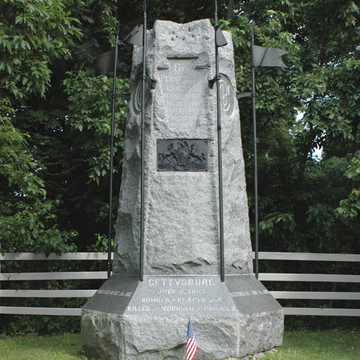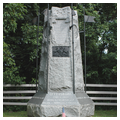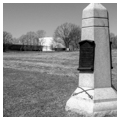Frank Furness served from Bull Run through the Virginia campaign, during which time he rose to captain and won the Congressional Medal of Honor for conspicuous valor in carrying ammunition to an exposed outpost
You are here
Monument to the Sixth Pennsylvania Cavalry
1888, Frank Furness. Emmitsburg Rd., just south of the Park border, 0.6 miles south of Ridge Rd.
If SAH Archipedia has been useful to you, please consider supporting it.
SAH Archipedia tells the story of the United States through its buildings, landscapes, and cities. This freely available resource empowers the public with authoritative knowledge that deepens their understanding and appreciation of the built environment. But the Society of Architectural Historians, which created SAH Archipedia with University of Virginia Press, needs your support to maintain the high-caliber research, writing, photography, cartography, editing, design, and programming that make SAH Archipedia a trusted online resource available to all who value the history of place, heritage tourism, and learning.






